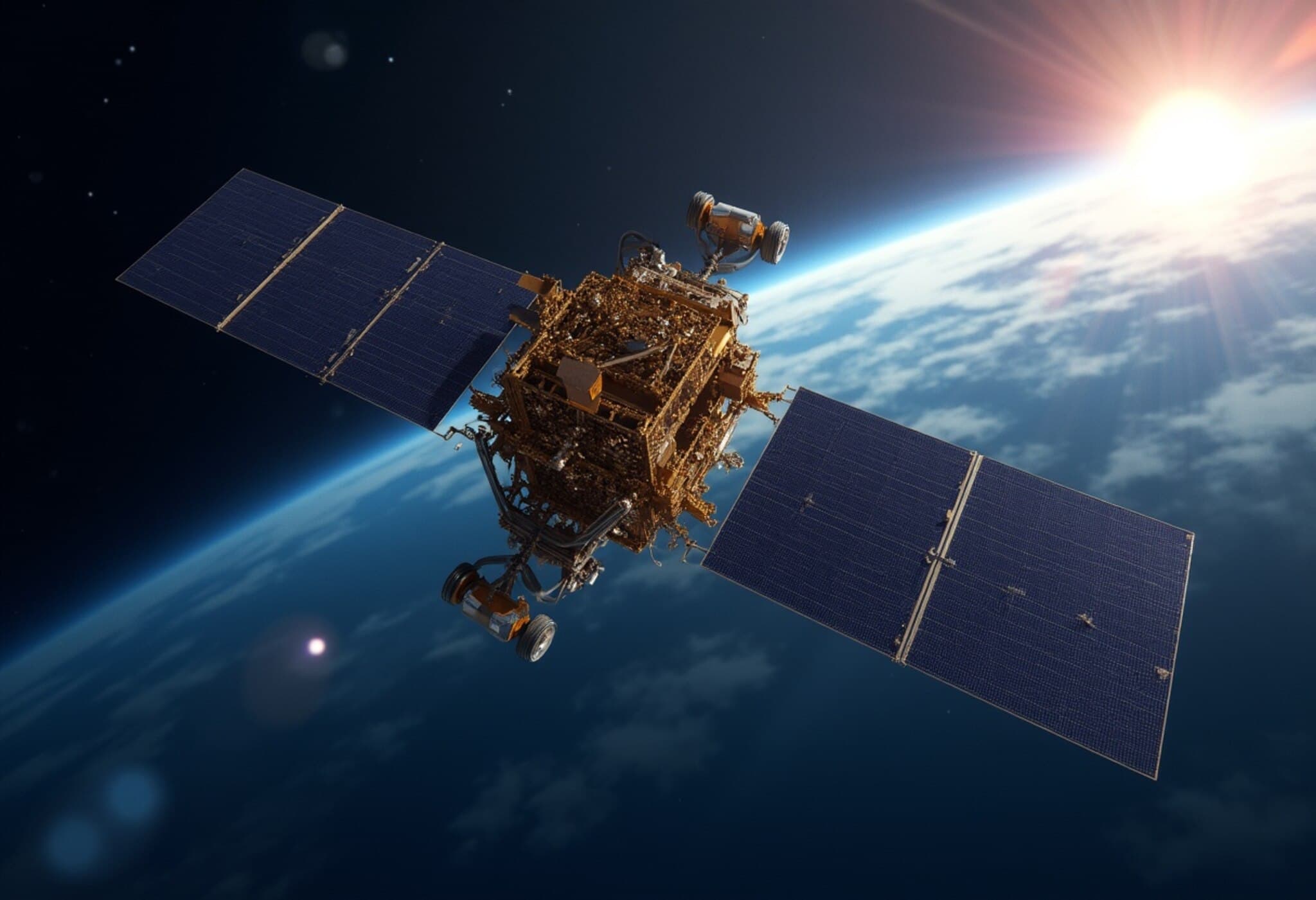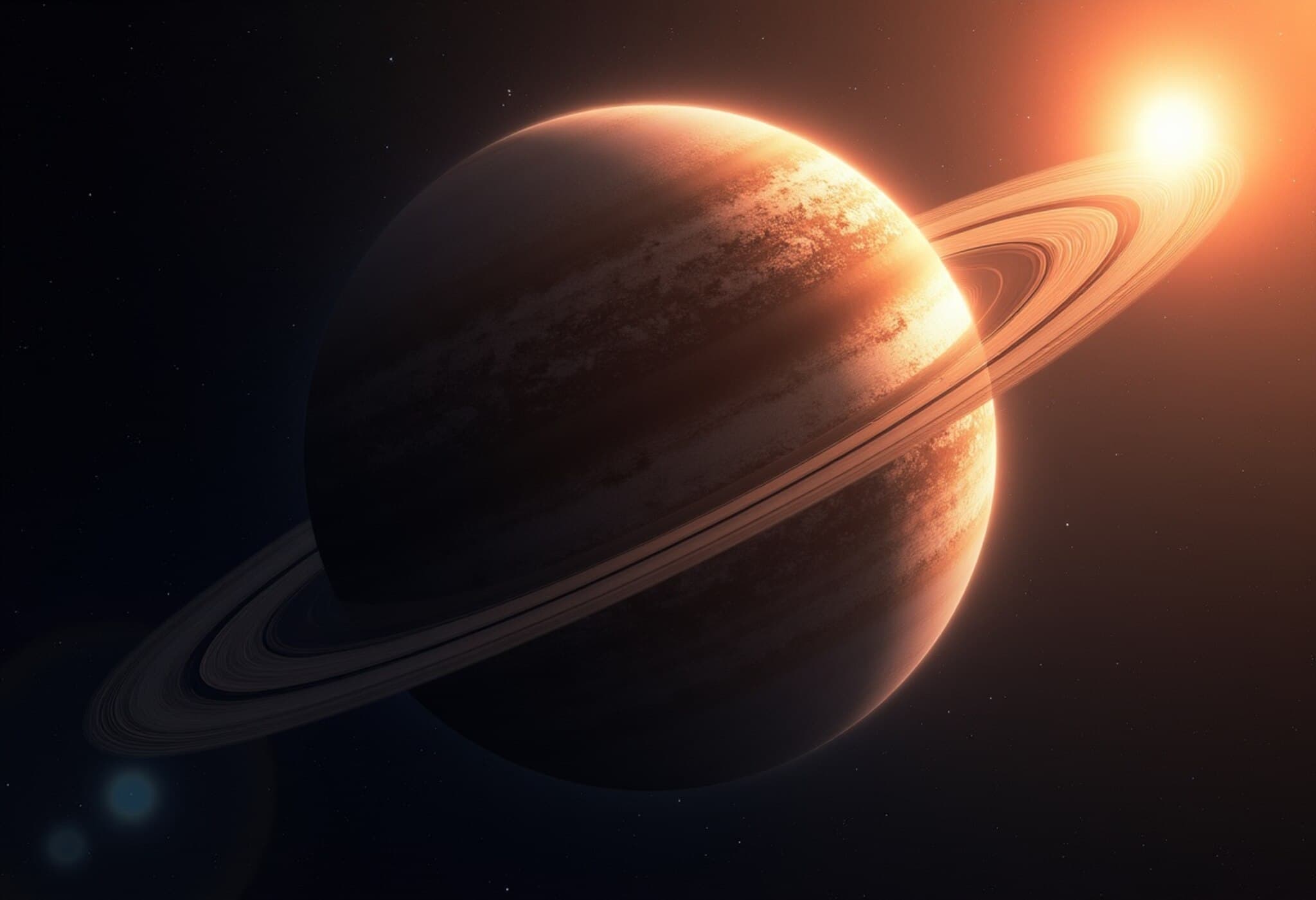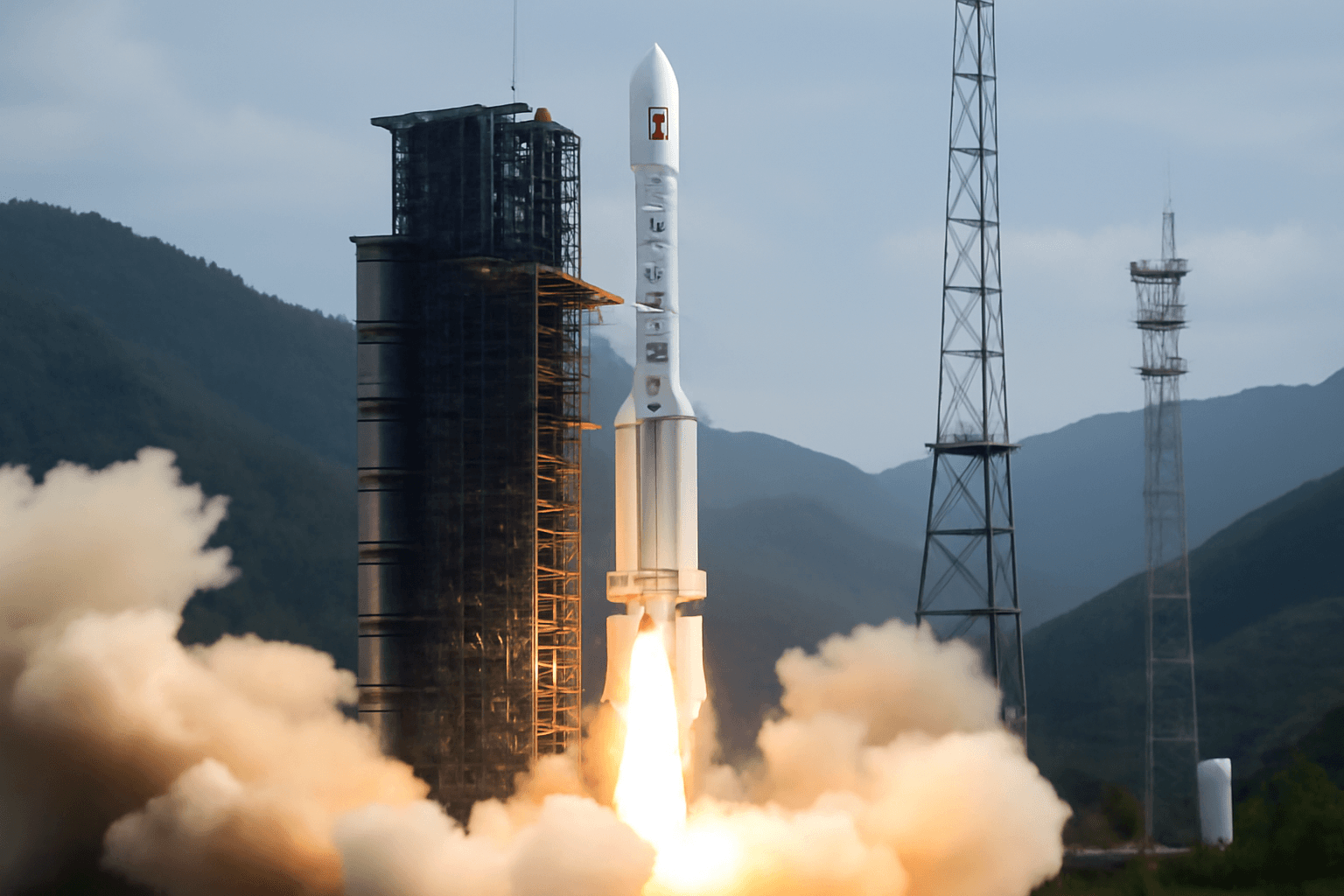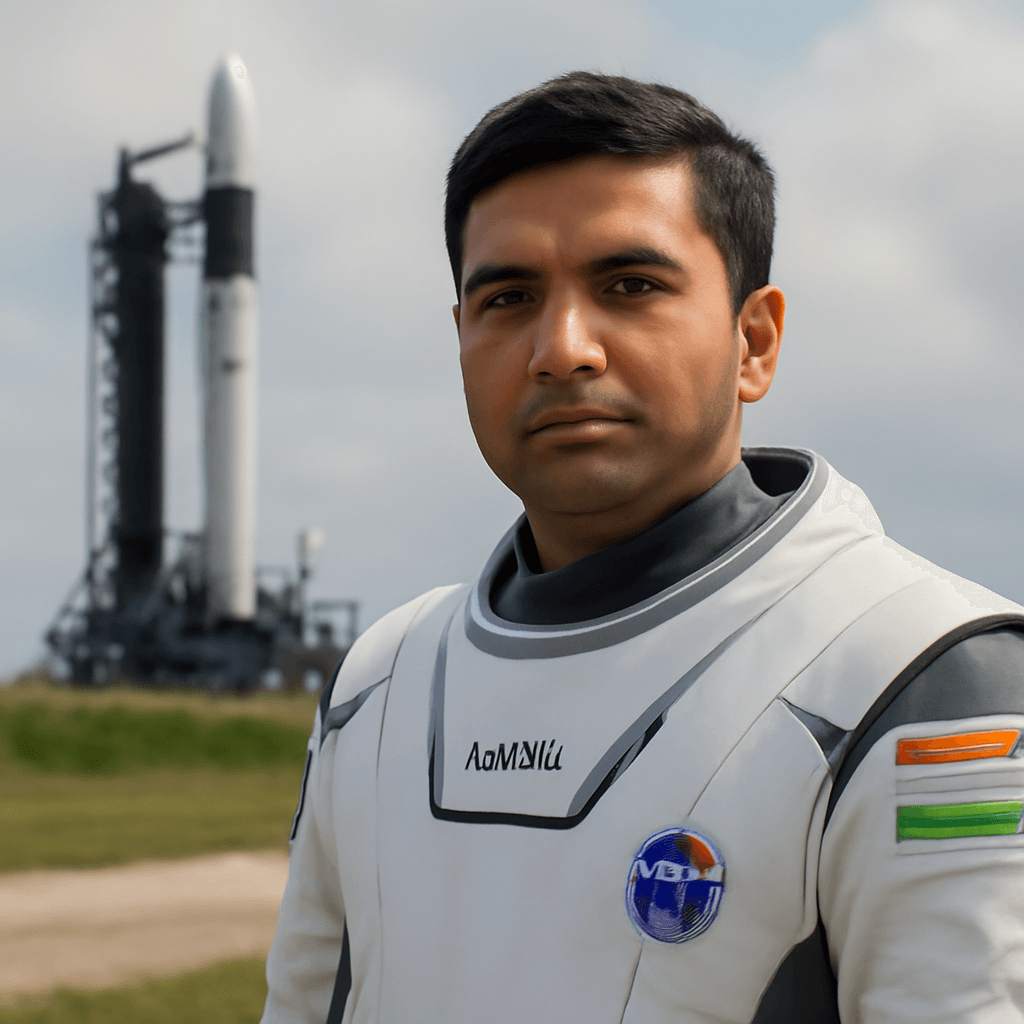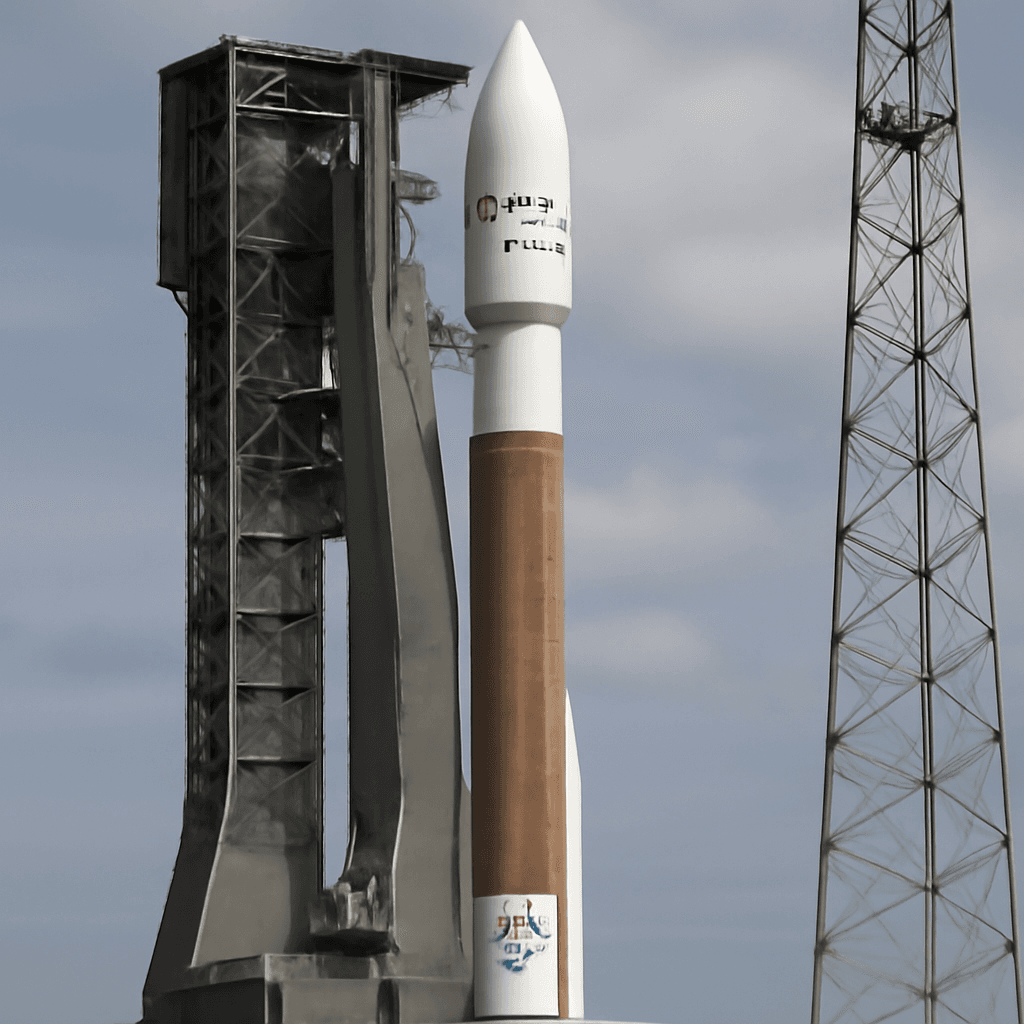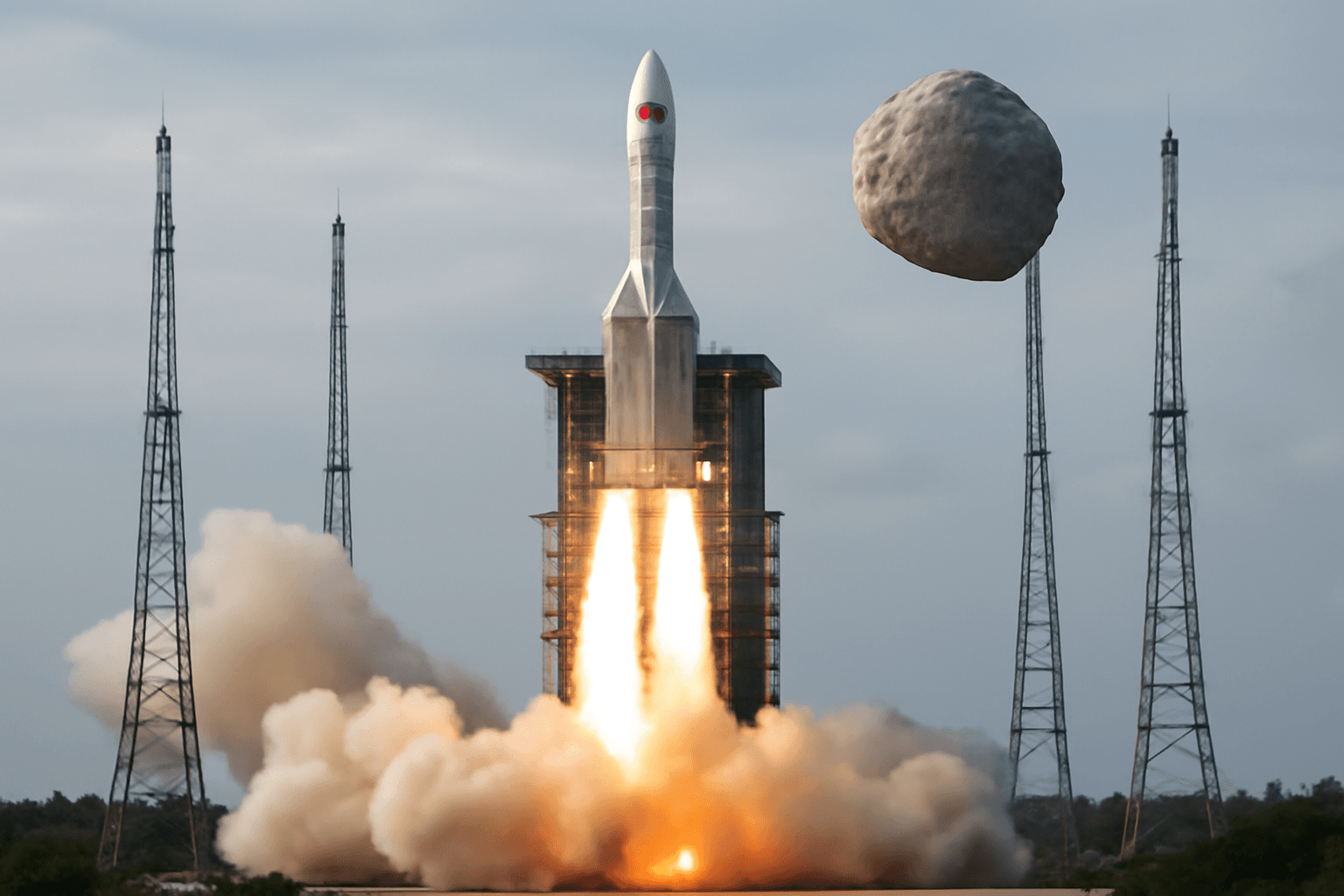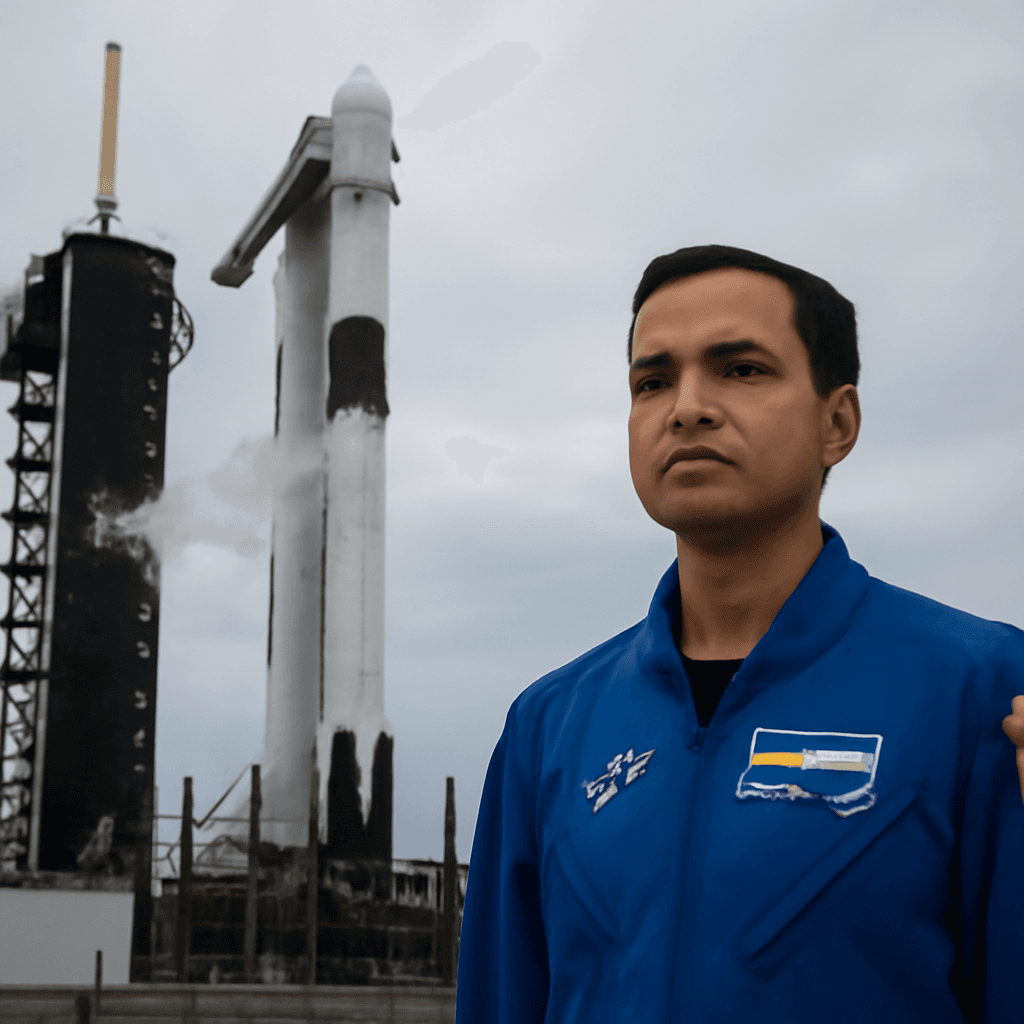India-NASA Collaboration Set to Transform Earth Observation
This July marks a significant milestone as India’s space agency teams up with NASA to launch the NISAR (NASA-ISRO Synthetic Aperture Radar) satellite. Valued at $1.5 billion, this cutting-edge Earth observation mission is designed to deliver unprecedented, high-resolution insights about our planet’s surface.
What Makes NISAR a Game-Changer?
Unlike traditional optical satellites that rely on daylight and clear skies, NISAR operates using dual-frequency radar technology—combining L-band and S-band synthetic aperture radar. This capability allows it to penetrate clouds, smoke, and dense vegetation, capturing detailed images day or night under almost any weather condition.
Weighing nearly three tonnes, the satellite will scan Earth’s land, ice, and water surfaces every 12 days from its orbit. This constant surveillance delivers invaluable data for tracking environmental changes and natural hazards worldwide.
Revolutionizing Environmental Monitoring and Disaster Management
- Natural Disaster Tracking: Detects ground shifts as minute as a few millimeters, crucial for monitoring earthquakes, landslides, glacier melt, and coastal erosion.
- Water and Agriculture Management: Measures soil moisture levels to assist farmers in improving irrigation and increasing crop productivity.
- Forestry and Climate Research: Measures forest biomass and tracks environmental changes, contributing to climate change studies and sustainable resource management.
The satellite’s data will be openly accessible, empowering scientists, policymakers, and environmental agencies worldwide to make informed decisions and respond to climate challenges more effectively.
A Decade in the Making
The NISAR mission represents over ten years of collaborative effort between NASA’s Jet Propulsion Laboratory in California and ISRO’s Space Applications Centre in Ahmedabad. After rigorous integration and testing at ISRO’s Bengaluru facility—with close cooperation between NASA and ISRO engineers since March 2023—the satellite is now ready for launch aboard an ISRO GSLV Mark II rocket from Satish Dhawan Space Centre.
This launch not only showcases the strength of international scientific partnership but also sets the stage for a new era of advanced Earth observation, paving the way for enhanced climate monitoring, disaster preparedness, and sustainable agricultural practices worldwide.

